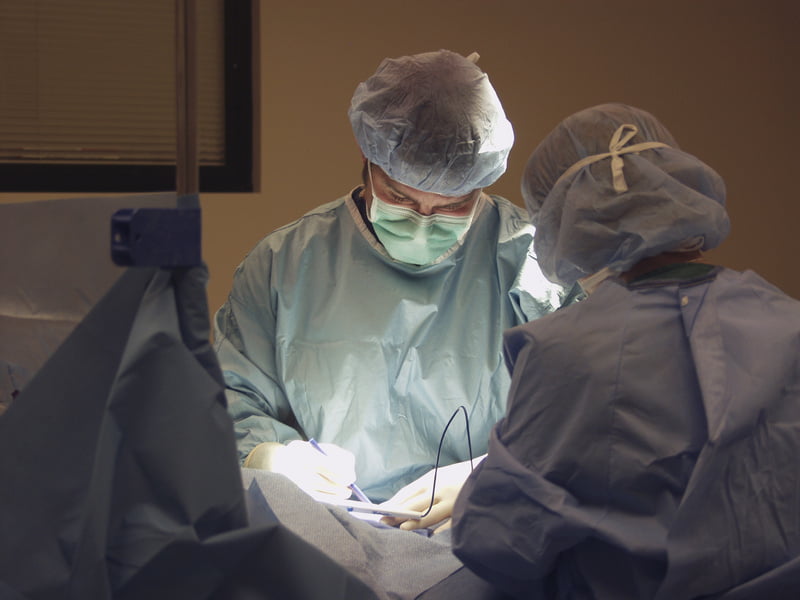Breast augmentation is a surgical procedure to increase the size of a woman’s breasts. Some women undergo breast augmentation as a part of treatment after breast cancer surgery. They opt for breast reconstruction using breast augmentation or augmentation mammoplasty.
Other women choose breast augmentation to enhance their body image and boost self-confidence by increasing their breast size. Still, other women undergo breast augmentation to correct deformed breasts or breasts not uniform in size and shape.

Breast feeding and pregnancy can sometimes cause changes to the size and shape of breasts, which can be corrected with a breast augmentation surgery.
What Exactly Are Breast Implants?
Breast implants serve as medical devices that are implanted under the breast tissue or sometimes under the chest muscle during breast augmentation procedure. Two types of breast implants are FDA-approved, i.e. saline-filled, and silicone gel-filled. Both the implants have a silicone outer shell. They vary in size, and shape.
Surgeons useFDA-approved implants for increasing the size of the breast, for breast reconstruction after cancer or trauma, or to correct deformities. Clinical studies report that most patients who undergo breast augmentation and reconstruction are satisfied with the surgical results. Yet, independent studies show that at least 30% of all patients end up having the implants removed at some point or another.
Furthermore, most times, implants require surgery for correction after 10 to 15 years. Breast augmentation makes a woman’s breasts look fuller by enhancing their shape and boosting self-confidence in women who are unhappy with the shape, size, and firmness of their breasts.
How long will the results last after a breast augmentation?
The outcome of breast augmentation is long-lasting, except if there is an adverse event in which the implant deflates. This requires another surgery to replace the damaged implant with a new implant.

Risks of Breast Augmentation Surgery
Breast augmentation is a surgical procedure that has the normal surgical risks in addition to some specific risks:
- Scarring
- Bleeding
- Infection
- Slow healing process
- Changes in nipple or breast sensation
- Scar tissue formation around the implant
- Implant leakage or rupture
- Skin wrinkling
- Risks of anesthesia
- Fluid accumulation
- Blood clots
- Persistent pain
- Deep vein thrombosis
- Cardiac and pulmonary complications
- Chances of re-operation
What to Expect at Your Surgical Consultation
When you consult with a surgeon to discuss a breast augmentation procedure, you should be prepared to candidly discuss all questions, for example:
- Why do you want to undergo breast augmentation surgery, and what are your expectations?
- Give a detailed medical and family history, including breast cancer, if any
- List your allergies, and any medications you are taking
The surgeon will discuss the risks, benefits, and other specifics of the surgery with you, and:
- Provide a complete health evaluation
- Physically examine your breasts to determine if you are a suitable candidate for breast augmentation
- Discuss your surgical options and treatment course
- Speak about outcomes and potential complications of surgery
- Discuss anesthetic use for the procedure
In The End, Ensure That You Are Well-Informed
As you can see, there are a number of reasons why women undergo breast augmentation surgery, from reconstruction to assymetry to cosmetically looking more beautiful.
It is your job to do the proper research and to consult professionals. All surgeries carry risks, and it is always always always in your best interest to stay informed. Protect yourself and your health, and you will be sure to make the decision that is right for you.
Common Questions
Breast augmentation is a surgical procedure that involves enhancing the size and shape of the breasts. Breast implants, on the other hand, are medical devices used in breast augmentation to achieve the desired size.
Yes, breast augmentation is considered a serious surgical procedure. Like any surgery, it carries risks and requires careful consideration. It’s important to consult with a qualified professional to assess the potential benefits and risks.
Yes, the placement of breast implants involves a surgical procedure, and it is considered a major surgery. It typically requires anesthesia and entails recovery time.
The duration of breast augmentation surgery can vary, but it generally takes a few hours. Factors like the surgical technique, type of anesthesia, and individual circumstances can influence the length of the procedure. Surgeons will provide specific details during the consultation.
